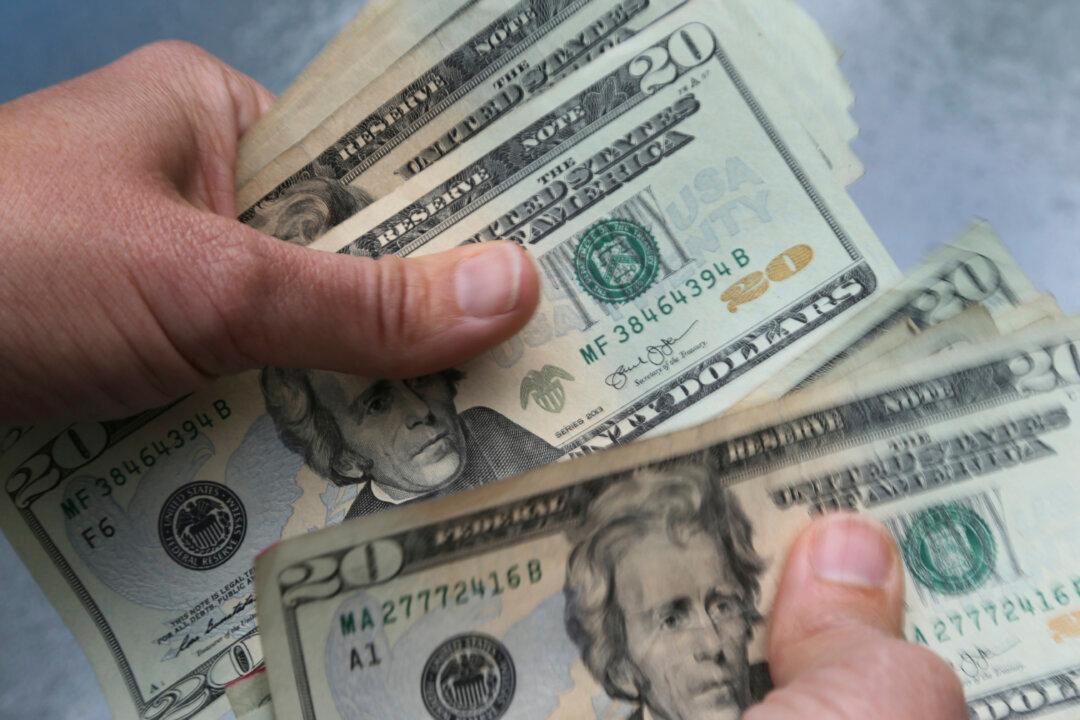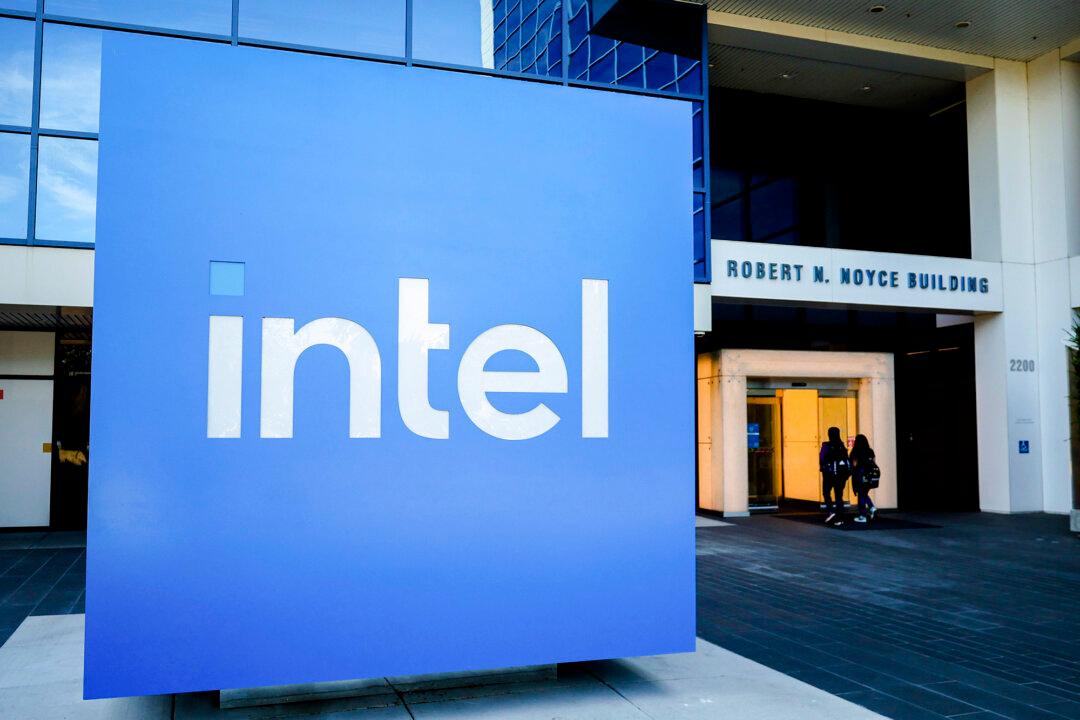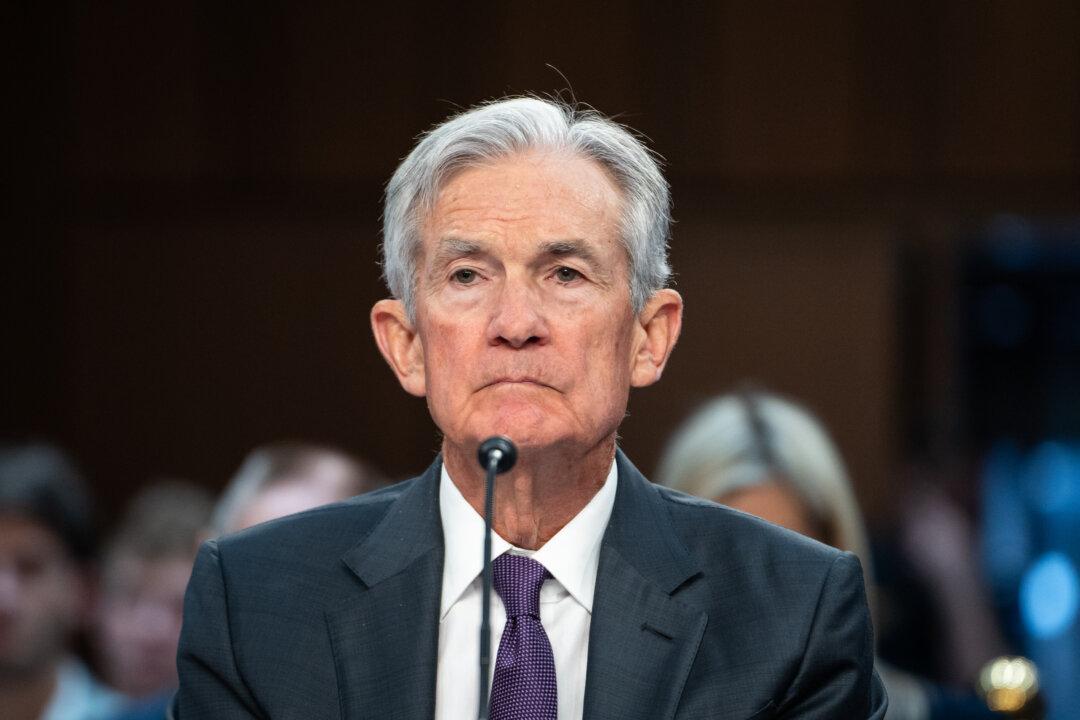The cost-of-living crisis has become entrenched in the U.S. economy, and an elevated Consumer Price Index (CPI) might linger longer than officials had anticipated. As a result, rampant inflation is altering the savings habits of Americans as they attempt to endure monthly price hikes at the supermarket or on their utility bills.
According to the September Ipsos-Forbes Advisor U.S. Consumer Confidence Tracker, nearly one-third (29 percent) are withdrawing from their savings account more than usual, up from 22 percent in August. The same poll also revealed that close to half (46 percent) report saving or investing less than usual, up from 38 percent a month ago.





